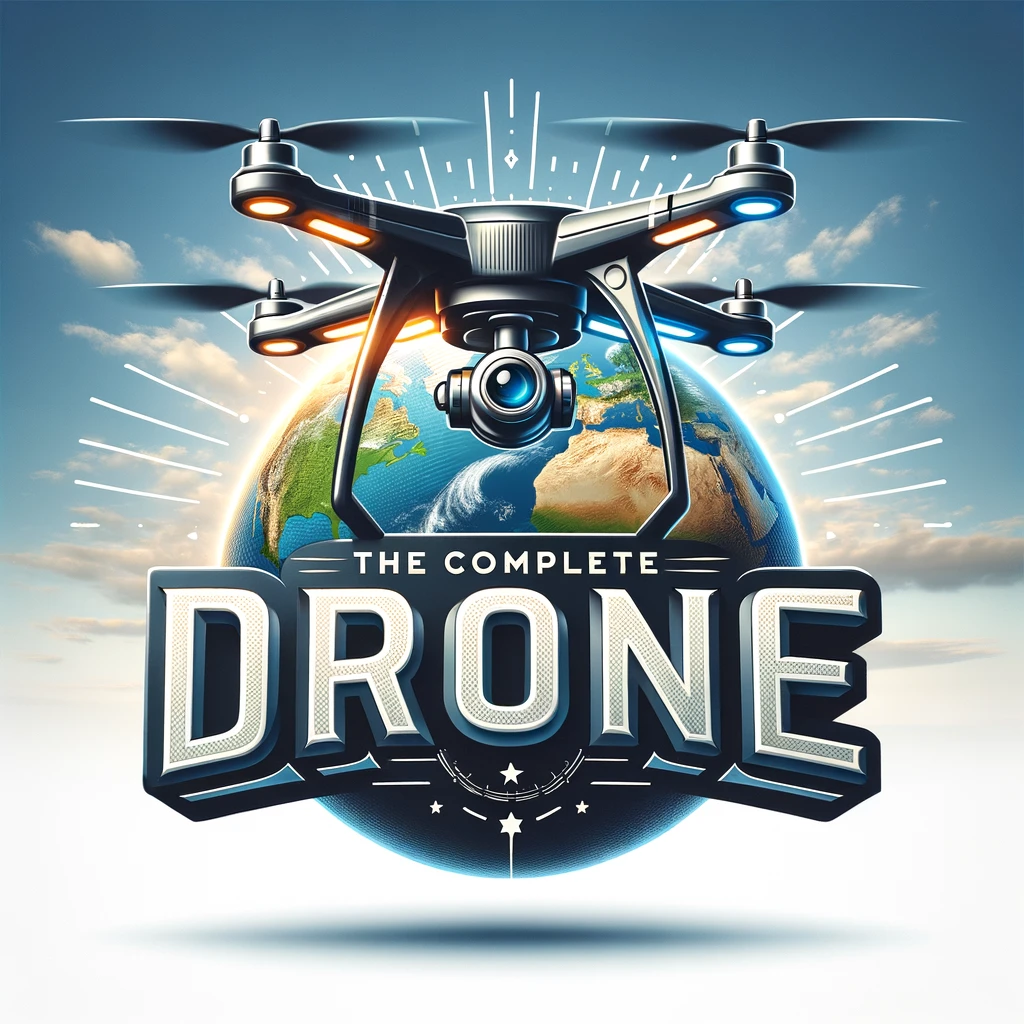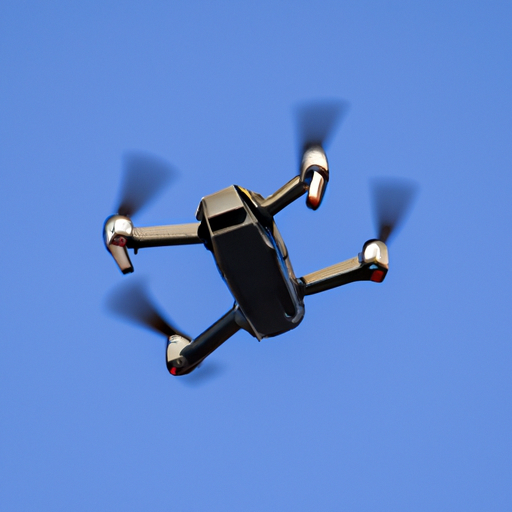So you’re just starting out with drones, and you’ve stumbled upon the term UAV. But what does it actually mean, and why is it important for beginners like you? UAV, which stands for Unmanned Aerial Vehicle, is a broad term used to describe any aircraft that operates without a human pilot on board. In this article, we’ll delve into the significance of UAVs for beginners in the world of drones, exploring their capabilities, applications, and the exciting possibilities they offer for enthusiasts like yourself. Get ready to expand your knowledge and take your first steps into the fascinating world of UAVs!
What is UAV?
UAV stands for Unmanned Aerial Vehicle. It refers to an aircraft that does not require a human pilot on board to fly. Instead, it is either remotely controlled by a human operator or operates autonomously based on pre-programmed instructions. UAVs are commonly referred to as drones.
Definition of UAV
A UAV, as mentioned earlier, is an acronym for Unmanned Aerial Vehicle. It is a flying device without a human pilot on board. It can be controlled remotely or fly autonomously.
Key Components of UAV
A UAV comprises several key components that enable its functionality. These include:
-
Airframe: The airframe is the physical structure of the UAV that consists of the fuselage, wings, and other supporting components. It provides the UAV with its basic aerodynamic properties and shape.
-
Propulsion System: The propulsion system consists of motors, propellers, and batteries (in most cases). It powers the UAV and enables it to generate thrust for flight.
-
Avionics: Avionics refers to the electronic systems used in a UAV. This includes flight controllers, GPS modules, sensors, and communication systems. These components control the flight and navigation of the UAV.
-
Payload: The payload refers to any additional equipment or sensors carried by the UAV. This can include cameras for aerial photography or videography, sensors for data collection, or even packages for delivery purposes.
Autonomous vs Remote-controlled UAVs
UAVs can fall into two broad categories: autonomous and remote-controlled.
Autonomous UAVs are capable of operating without direct human intervention. They are pre-programmed with a set of instructions that dictate their flight path and actions. Autonomous UAVs often employ sophisticated sensors and algorithms to navigate and avoid obstacles.
Remote-controlled UAVs, on the other hand, require a human operator who controls the aircraft using a remote control or transmitter. The operator can maneuver the UAV in real-time using joysticks or other control inputs.
Types of UAVs
UAVs come in various types, each designed for specific purposes and applications. Here are some of the most common types of UAVs:
Fixed-wing UAVs
Fixed-wing UAVs are designed to resemble traditional airplanes. They have a fixed wing and require forward motion to generate lift. These UAVs are typically more efficient in terms of flight endurance and range. Fixed-wing UAVs are often used for larger-scale operations, such as aerial surveys or mapping.
Multirotor UAVs
Multirotor UAVs, also known as quadcopters or drones, have multiple rotors (typically four or six) arranged in a symmetrical pattern. They can take off and land vertically and are capable of hovering in place. Multirotor UAVs are highly maneuverable, making them popular for aerial photography, videography, and recreational flying.
Single-rotor UAVs
Single-rotor UAVs, commonly known as helicopters, have a large rotor on top and a smaller tail rotor for stability and control. They can take off and land vertically and hover in place like multirotor UAVs. Single-rotor UAVs are often used for more specialized applications, such as search and rescue missions or military operations.
Hybrid UAVs
Hybrid UAVs combine the features of both fixed-wing and multirotor UAVs. They are equipped with both wings for forward flight and multiple rotors for vertical takeoff and landing. Hybrid UAVs offer the advantage of longer flight endurance and the ability to hover when needed. These UAVs are suitable for applications that require a combination of long-range flight and stationary observations.
UAVs vs Drones
The terms UAVs and drones are often used interchangeably, but there is a subtle difference between the two.
UAVs vs Traditional Manned Aircraft
UAVs differ from traditional manned aircraft primarily in terms of their ability to operate without a human pilot on board. This key distinction allows UAVs to perform tasks that may be too dangerous or impractical for manned aircraft. UAVs can be deployed in hazardous environments, perform repetitive tasks with precision, or access remote locations with ease.
UAVs vs Consumer Drones
The term “drone” often refers to consumer-grade UAVs. These are UAVs designed for recreational use, aerial photography, or other non-commercial purposes. Consumer drones are typically smaller, more affordable, and easier to operate than professional-grade UAVs. They often feature built-in cameras and user-friendly controls, making them suitable for beginners and hobbyists.
Common Misconceptions
There are several misconceptions surrounding UAVs and drones. One common misconception is that all UAVs are equipped with cameras for surveillance purposes. While some UAVs do have camera capabilities, not all UAVs are used for surveillance. UAVs have a wide range of applications, including agriculture, infrastructure inspection, and search and rescue operations.
Another misconception is that all UAVs are operated remotely by pilots. While remote-controlled UAVs are prevalent, autonomous UAVs capable of flying pre-programmed missions are becoming more common. Autonomous UAVs can navigate and make decisions on their own, reducing the need for constant human intervention.
Relevance of UAV to Drone Beginners
Now that we have a better understanding of UAVs, let’s explore their relevance to beginners interested in drones.
Understanding the Basics
As a beginner, it is essential to grasp the basics of UAV technology and operation. Understanding how UAVs work, their components, and flight principles will lay a strong foundation for your journey into the world of drones.
Learning Flight Controls
Learning how to control a UAV is a crucial step for any drone beginner. Familiarize yourself with the transmitter and receiver systems used in UAVs. Understand how the joysticks or control inputs affect the UAV’s movement and flight modes. Learning the different flight controls will allow you to navigate the UAV safely and effectively.
Choosing the Right UAV
Choosing the right UAV is vital for beginners. Consider factors such as budget, size, portability, camera capabilities, flight time, and battery life. Beginners often opt for smaller, more affordable drones with user-friendly controls and built-in safety features. Researching and comparing different UAV models will help you find the one that suits your needs and skill level.
Safety and Regulations
Safety should be a top priority for drone beginners. Familiarize yourself with general safety guidelines for operating UAVs. In the United States, the Federal Aviation Administration (FAA) has specific regulations for flying UAVs, including registration requirements and restrictions on flight altitude and proximity to airports. Understanding and adhering to these regulations will ensure safe and responsible drone flying.
It is also essential to consider privacy concerns when flying UAVs. Respect people’s privacy and refrain from recording or photographing individuals without their consent. Additionally, be aware of no-fly zones, such as airports, military installations, and certain public areas where drones are prohibited.
Considering insurance for your UAV is another aspect of safety. Accidents can happen, and having insurance coverage in place can protect you from potential financial liabilities.
Exploring Potential Applications
UAVs offer a vast range of applications that beginners can explore. Some potential areas where UAVs are widely used include agriculture and crop monitoring, aerial photography, search and rescue operations, infrastructure inspection, environmental monitoring, and even delivery services. As a beginner, understanding the various applications of UAVs can inspire you to find your niche and explore the possibilities of drone technology.
In conclusion, UAVs, or drones, have become increasingly popular among beginners due to their versatility and wide range of applications. Understanding the basics, learning flight controls, choosing the right UAV, prioritizing safety and adhering to regulations, and exploring potential applications are all essential factors for drone beginners. Embrace the world of UAVs, and let your imagination take flight!

